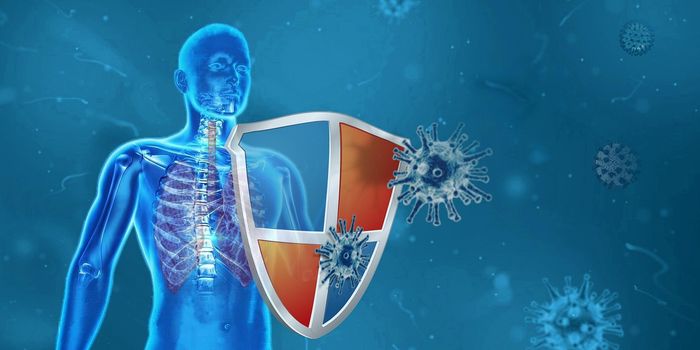Using Cellular Barcoding to Understand the Spread of Breast Cancer
Cancer is most dangerous if it metastasizes - when cells break away from a tumor and spread to other parts of the body. Researchers have now tracked the metastasis of breast cancer cells with a technique called cellular barcoding and found that only certain cells drive that process. The work also showed that chemotherapy reduces the size of tumors and the number of cancerous cells, but it doesn’t get rid of them altogether, illustrating how cancer can relapse. The findings, which are briefly outlined in the video below, have been reported in Nature Communications and may help improve the treatment of breast cancer.
While malignant tumors are made up of a diverse mix of cells with different genetic and epigenetic characteristics, within that mix are subpopulations, or clones. Finding the clones that are driving metastasis would be an ideal way to treat cancer if those cells could be identified, noted researcher Dr. Delphine Merino.
“Our study revealed that only a select few clones were actually responsible for the metastasis. The barcoding technique enabled us to identify the clones that were able to get into the bloodstream and make their way into other organs where they would seed new tumor growth,” explained Merino. Merino was part of an international collaboration that brought clinicians, researchers, and computational experts, among others, together.
By barcoding and following cell populations that were derived from patient samples, the researchers could also assess the impact of chemotherapy. “We used the chemotherapy agent cisplatin to treat laboratory models developed using donated breast tumor tissue. While the treatment was able to shrink tumors and the size of individual clones, it did not kill them off completely,” said Professor Jane Visvader.
“All the clones, including the nasty seeders, eventually grew again, accounting for cancer relapse. These exciting findings would not have been possible without the ability to meticulously barcode and track thousands of individual clones and watch their behavior over time," she said.
Learn more about cellular barcoding from the video.
"Now that we know which clones are involved in the spread of breast cancer, we have the power to really focus our research to block their activity. For instance, we are curious to understand what is unique about these particular clones that enables them to successfully spread, seed and grow the cancer," said Dr. Shalin Naik.
"An important goal is to understand the molecular and cellular basis of how breast cancer spreads and, working with clinician scientists like Professor Lindeman, translate this knowledge from the laboratory into the clinic," added Visvader.
Sources: AAAS/Eurekalert! Via Walter and Eliza Hall Institute, Nature Communications








